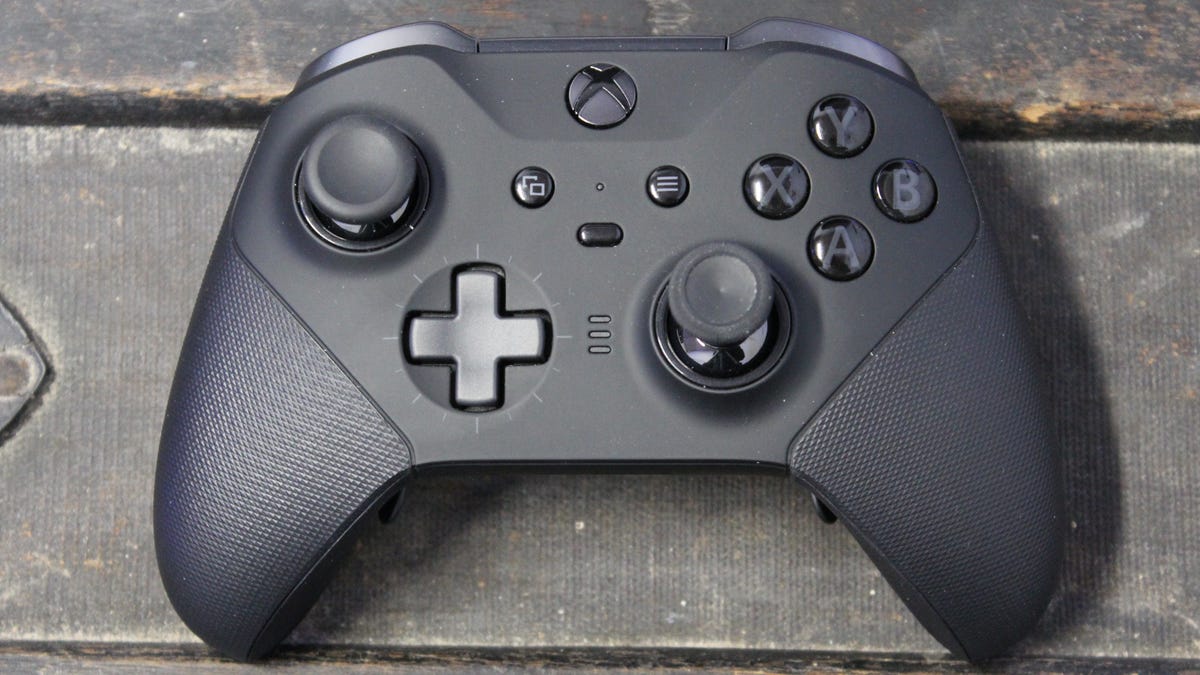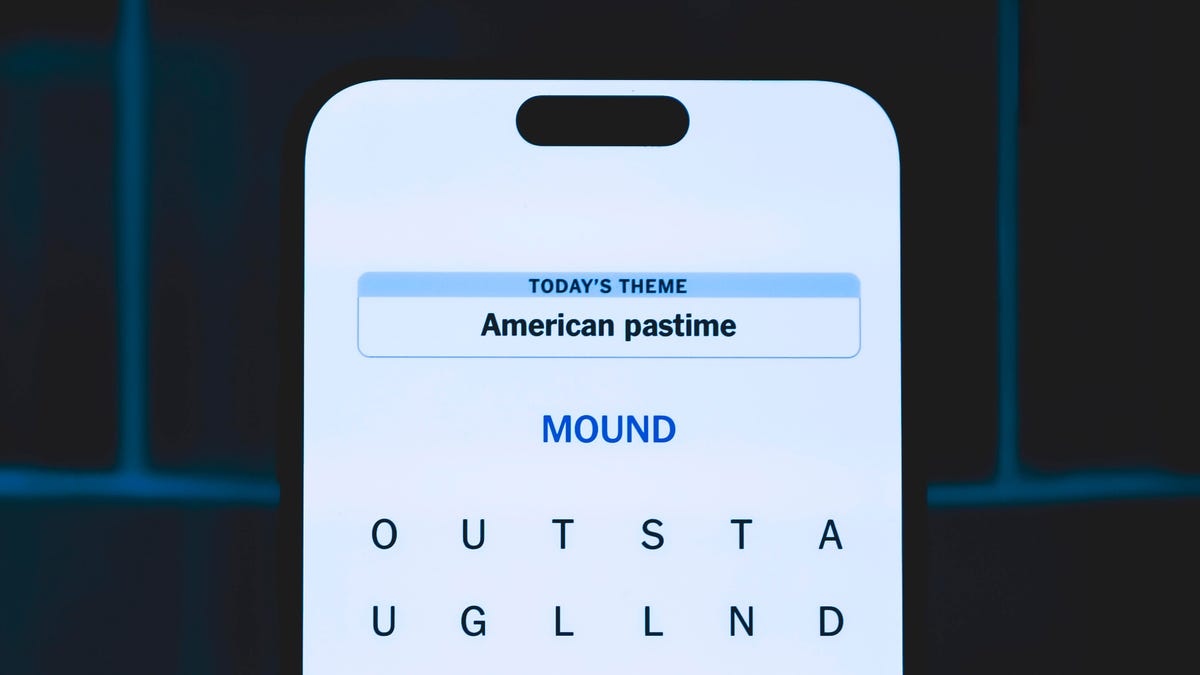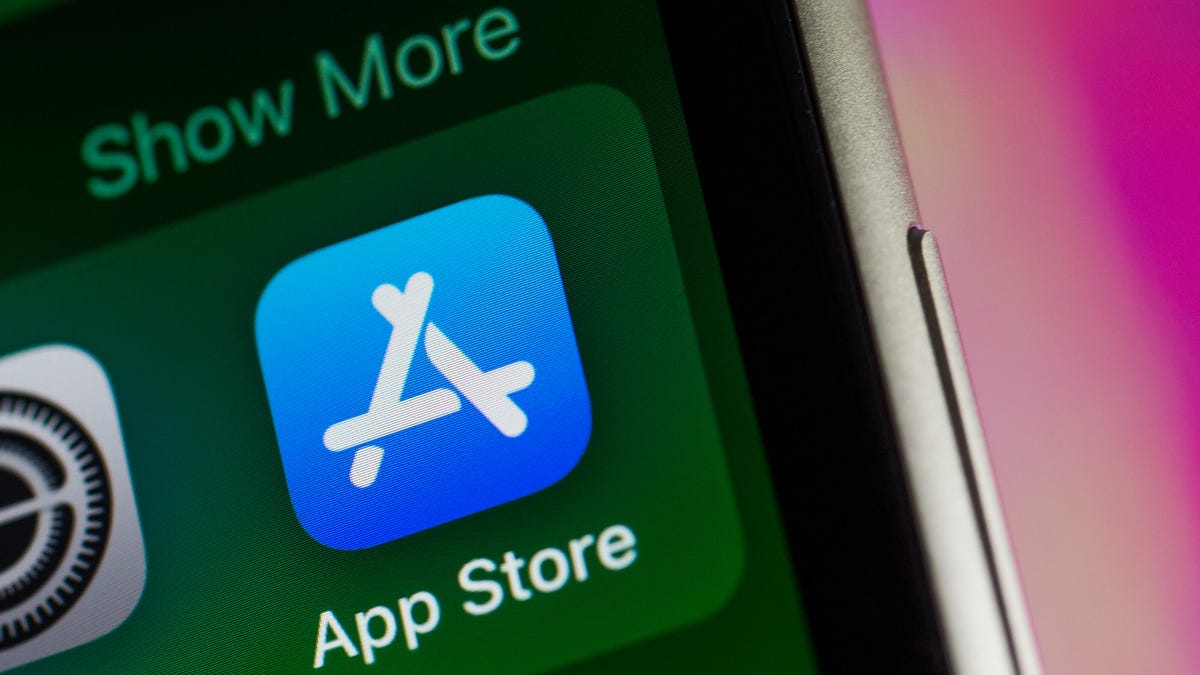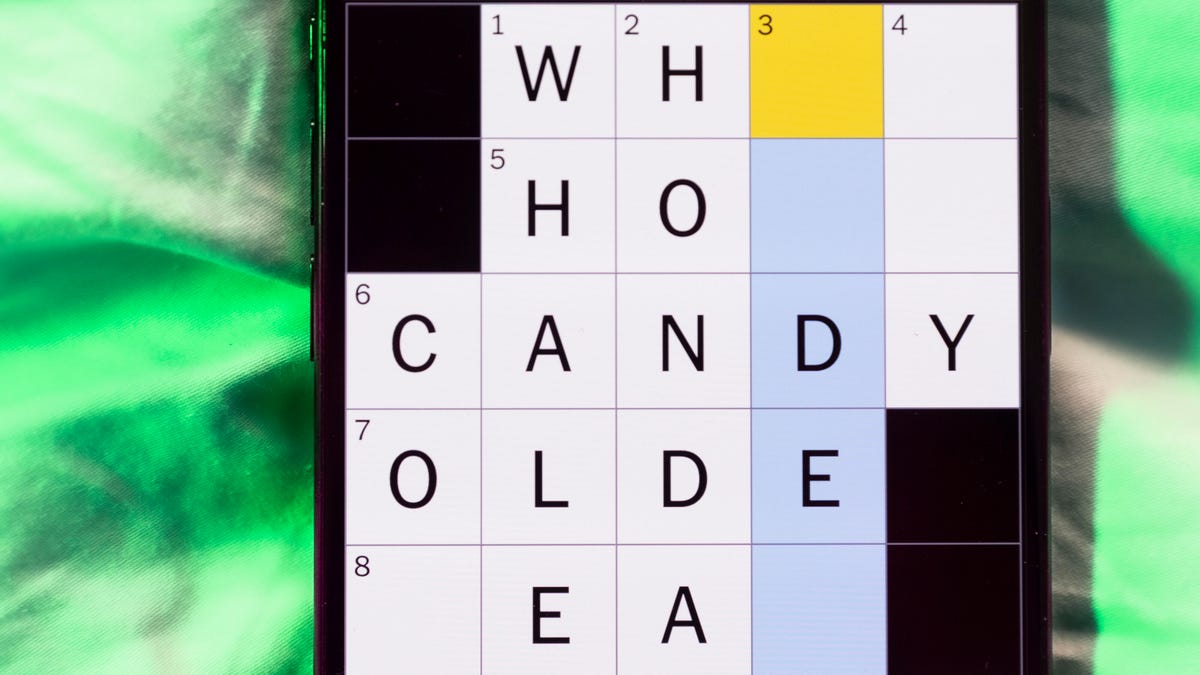Technologies
Xbox Elite Wireless Controller 2 Is Overkill for Most People, but Still Delivers an Epic Gaming Experience
Review: The Xbox Elite Wireless Controller Series 2 still sets the bar for a pro-level controller.

The Xbox Elite Wireless Controller Series 2 (or Elite 2 for short) has arguably been the industry gold standard for a pro-level game controller for the past decade. Over the years dozens of competitors have cropped up, hoping to give Microsoft a run for its money. While the Elite 2 still isn’t perfect, it still sets the bar high.
What I like about the Xbox Elite Wireless Controller Series 2
One of the best things the Elite 2 has going for it is the layout — it’s almost identical to the standard Xbox controller that ships with every console. If you’ve used Microsoft’s Xbox controllers of the past few generations, you’ll feel right at home here. This is a good thing, as the design of the controller hasn’t changed significantly in well over a decade. It wasn’t broken, so they didn’t need to fix it.
The hardware of the controller is also top-notch. There’s nothing necessarily wrong with the buttons on the standard controller, but the moment you hold the Elite 2 in your hands, you can instantly feel a difference. The buttons feel more solid and the D-pad is noticeably improved as well.
Pro-grade customization
What really makes this controller, well, elite are the extra features and customization. In addition to the improved main buttons you get four extra buttons — paddles, technically. These sit right where your index and middle fingers rest on the back of the controller so they’re easy to hit without having to think much about it. They’re also attached magnetically, so you can quickly remove them if you don’t want them.
Each paddle can be customized to a specific button or button combo. This can be quite helpful for performing actions without having to take your finger off the joystick. For example, reloading weapons or activating secondary firing modes during FPS games, casting specific spells in RPGs, and so on. For most gamers this may not make a big difference in your play style, but for the more hardcore gamers, for whom every millisecond counts, it can come in quite handy.
To top it off, you can create custom profiles for each layout and assign up to three at a time to the controller. The memory button in the center allows for quick switching so you can hop between your favorite games without missing a beat.
Microsoft didn’t just stop at extra buttons. The triggers, joysticks and D-pad can also be customized. Included with the Elite 2 is a second D-pad with just the four directions (as opposed to the preinstalled octagonal one) if you prefer, as well as several different joystick heights. This latter aspect I didn’t think would make a big difference until I tried the tallest stick for my aiming controls. Instantly, I became a much better shot. There are also a few extra joystick covers that can give you a different grip for each one.
The coolest part, which is not something I’ve seen on another controller, is that you can customize the tension for each joystick. In the box is a small tool that lets you turn the joysticks to increase or decrease the tension to your preference. When I first got my controller, my fingers started hurting after a while, but after I adjusted the tension down, I didn’t have any more issues.
Read more: Meta Quest 3S Xbox Edition Hands-On: What $400 Buys
No more disposable batteries
Not everyone will appreciate the lack of AA batteries in the Elite Controller, but I prefer it. While it might be a bit more convenient to simply swap in new batteries when the controller dies, I’d often forget to order more. So when I ran out I’d just end up having to plug it in to play anyway. Now, with the wireless charging stand included, I can just drop it there between play sessions to recharge. Conveniently, it will also recharge when plugged in while you’re playing. Microsoft claims about 40 hours of playtime on a single charge, which is a bit low compared to other controllers. I hit closer to 30-35 hours in my testing, but that’s not terrible.
What I don’t like about the Xbox Elite Wireless Controller Series 2
Some people might prefer a heftier controller, but I don’t. The Elite 2 is certainly the heaviest controller I’ve used and it’s noticeable. It made my hands tired much more quickly than other controllers I’ve used. Also, the textured grip feels weird to me. I’m not sure why, and I can’t explain it, but the Elite controller is actually the slipperiest controller I’ve used. I don’t know if it’s because the grips wrap around fully or if my hands just produce too much oil or what, but I could never fully escape the feeling that I was going to drop it.
Read more: PDP’s Victrix Pro BFG Is Hands Down the Best Pro Controller I’ve Used
No easy device switching
The Elite 2 supports Xbox Wireless for connecting to Xbox consoles, along with USB-C and Bluetooth connectivity. However, while you can connect to almost any device that supports Bluetooth, including a PC, smartphone or tablet, the controller doesn’t remember which devices it’s been paired with. This means you’ll have to manually re-pair it every time you switch devices. It’s not the end of the world, but if you regularly play on multiple devices and want one controller to use between them, it can be annoying.
Should you buy the Xbox Elite Wireless Controller Series 2?
The Elite 2 controller is an incredible piece of hardware. The buttons are solid and clicky, and the customization options are among the best in the industry. However, it struggles with connecting to multiple devices, and the battery life isn’t great. It’s also probably overkill for most people. But if you’re looking for something more advanced than the standard Xbox controller and are willing to shell out for it, the Elite 2 is one of the best you can get.
When the Elite 2 first launched it was $180. That’s a lot for a controller, regardless of how good it is. However, the Elite 2 can currently be had for $159 at most retailers. You can find refurbished ones for less. There are also numerous sales throughout the year — Prime Day is coming soon — where you can probably snag one for even less. There are rumors of a Series 3 coming, but no definitive info yet as to when.
Technologies
Today’s NYT Strands Hints, Answers and Help for Dec. 25 #662
Here are hints and answers for the NYT Strands puzzle for Dec. 25, No. 662.

Looking for the most recent Strands answer? Click here for our daily Strands hints, as well as our daily answers and hints for The New York Times Mini Crossword, Wordle, Connections and Connections: Sports Edition puzzles.
Today’s NYT Strands puzzle has a holiday theme, and if you know a certain Christmas carol, you’ll quickly determine which words to hunt down. Some of the answers are difficult to unscramble, so if you need hints and answers, read on.
I go into depth about the rules for Strands in this story.
If you’re looking for today’s Wordle, Connections and Mini Crossword answers, you can visit CNET’s NYT puzzle hints page.
Read more: NYT Connections Turns 1: These Are the 5 Toughest Puzzles So Far
Hint for today’s Strands puzzle
Today’s Strands theme is: Carolers count.
If that doesn’t help you, here’s a clue: Five golden rings.
Clue words to unlock in-game hints
Your goal is to find hidden words that fit the puzzle’s theme. If you’re stuck, find any words you can. Every time you find three words of four letters or more, Strands will reveal one of the theme words. These are the words I used to get those hints but any words of four or more letters that you find will work:
- RIMS, HIMS, MARS, CHIME, CHIMES, MADS, DATE, DIAL, WAIL
Answers for today’s Strands puzzle
These are the answers that tie into the theme. The goal of the puzzle is to find them all, including the spangram, a theme word that reaches from one side of the puzzle to the other. When you have all of them (I originally thought there were always eight but learned that the number can vary), every letter on the board will be used. Here are the nonspangram answers:
- LORDS, MAIDS, SWANS, LADIES, PIPERS, DRUMMERS
Today’s Strands spangram
Today’s Strands spangram is CHRISTMASDAYS. To find it, look for the C that’s three letters down on the far-left row, and wind across.
Don’t miss any of our unbiased tech content and lab-based reviews. Add CNET as a preferred Google source.
Toughest Strands puzzles
Here are some of the Strands topics I’ve found to be the toughest in recent weeks.
#1: Dated slang, Jan. 21. Maybe you didn’t even use this lingo when it was cool. Toughest word: PHAT.
#2: Thar she blows! Jan.15. I guess marine biologists might ace this one. Toughest word: BALEEN or RIGHT.
#3: Off the hook, Jan. 9. Similar to the Jan. 15 puzzle in that it helps to know a lot about sea creatures. Sorry, Charlie. Toughest word: BIGEYE or SKIPJACK.
Technologies
Judge Blocks Texas App Store Age-Check Law
A preliminary injunction found the Texas law, set to begin Jan. 1, is «more likely than not unconstitutional.»

A new Texas state law set to take effect on Jan. 1 would have required app stores to implement age verification processes. But the law has been put on hold, at least temporarily, by a federal court judge.
As reported by the Texas Tribune, Senate Bill 2420, also known as the Texas App Store Accountability Act, is the subject of a temporary injunction issued by US District Judge Robert Pitman.
Pitman said in his decision that the law as written is broad, vague and «more likely than not unconstitutional.» However, he also wrote the court «recognizes the importance of ongoing efforts to better safeguard children when they are on their devices.»
Don’t miss any of our unbiased tech content and lab-based reviews. Add CNET as a preferred Google source.
The Texas law, signed into law by Governor Greg Abbott in May, requires app store operators — including Apple, Google, Nintendo, Steam and more — to build age verification processes for the storefronts and to only allow downloads to minors who obtain parental consent. The injunction is a ruling in an October lawsuit filed by the Computer & Communication Industry Association.
CCIA senior vice president Stephanie Joyce said in a statement, «This Order stops the Texas App Store Accountability Act from taking effect in order to preserve the First Amendment rights of app stores, app developers, parents, and younger internet users. It also protects parents’ inviolate right to use their own judgment in safeguarding their children online using the myriad tools our members provide.»
Other individuals and the advocacy group Students Engaged in Advancing Texas also filed suits over the law, the Texas Tribune reported.
App Store Accountability Act
The bill author, State Senator Angela Paxton, said the bill was meant to give parents «common sense tools to protect their kids and to survive court challenges by those who may have lesser priorities.»
The language of Texas Senate Bill 2420 does not only include mobile app stores from Apple or Google, but any «website, software application, or other electronic service that distributes software applications from the owner or developer of a software application to the user of a mobile device.»
By that definition, websites with links to browser games or mobile game consoles with download options would fall under the Texas law as written. The law also defines mobile devices as including phones and tablets, as well as any other handheld device capable of transmitting or storing information wirelessly.
The parental consent aspect of the law requires those under 18 to have an app store account affiliated with a parent or guardian to purchase or download applications.
Age verification elsewhere
In an effort to keep adult materials out of reach of minors and to protect children from potentially harmful content and interactions, tech companies have been compelled by law or through legal action to verify the age of users.
Roblox, which has a huge audience of minors, began rolling out stricter age verification after investigations and lawsuits hurt its reputation as a safe gaming space. Australia is perhaps the most large-scale example of a government restricting access to online content. In December, Australia began restricting social media access to those 16 and older. Reddit recently challenged that law.
In the US, age verification laws have primarily targeted adult sites. Texas already has a law on the books that requires adult sites to age-block their content. The Supreme Court upheld that law in a June ruling. The UK has also enacted age restriction rules for adult sites as have other US states.
Technologies
Today’s NYT Mini Crossword Answers for Thursday, Dec. 25
Here are the answers for The New York Times Mini Crossword for Dec. 25.

Looking for the most recent Mini Crossword answer? Click here for today’s Mini Crossword hints, as well as our daily answers and hints for The New York Times Wordle, Strands, Connections and Connections: Sports Edition puzzles.
Need some help with today’s Mini Crossword? Of course, there’s a very Christmassy clue involved. And once you solve the entire puzzle, look at the letters used in all the answers and see what they have in common. (5-Across will tell you!) Read on for all the answers. And if you could use some hints and guidance for daily solving, check out our Mini Crossword tips.
If you’re looking for today’s Wordle, Connections, Connections: Sports Edition and Strands answers, you can visit CNET’s NYT puzzle hints page.
Read more: Tips and Tricks for Solving The New York Times Mini Crossword
Let’s get to those Mini Crossword clues and answers.
Mini across clues and answers
1A clue: ___ King Cole, singer with the album «The Magic of Christmas»
Answer: NAT
4A clue: Body drawings, informally
Answer: TATS
5A clue: Letters to ___ (what this Mini was made with)
Answer: SANTA
6A clue: Huge fan, in slang
Answer: STAN
7A clue: «Illmatic» rapper
Answer: NAS
Mini down clues and answers
1D clue: Grandmothers, by another name
Answer: NANAS
2D clue: Abbr. before a name on a memo
Answer: ATTN
3D clue: Org. with long lines around the holidays
Answer: TSA
4D clue: «See ya later!»
Answer: TATA
5D clue: Govt.-issued ID
Answer: SSN
Don’t miss any of our unbiased tech content and lab-based reviews. Add CNET as a preferred Google source.
-

 Technologies3 года ago
Technologies3 года agoTech Companies Need to Be Held Accountable for Security, Experts Say
-

 Technologies3 года ago
Technologies3 года agoBest Handheld Game Console in 2023
-

 Technologies3 года ago
Technologies3 года agoTighten Up Your VR Game With the Best Head Straps for Quest 2
-

 Technologies4 года ago
Technologies4 года agoBlack Friday 2021: The best deals on TVs, headphones, kitchenware, and more
-

 Technologies4 года ago
Technologies4 года agoVerum, Wickr and Threema: next generation secured messengers
-

 Technologies4 года ago
Technologies4 года agoGoogle to require vaccinations as Silicon Valley rethinks return-to-office policies
-

 Technologies4 года ago
Technologies4 года agoOlivia Harlan Dekker for Verum Messenger
-

 Technologies4 года ago
Technologies4 года agoiPhone 13 event: How to watch Apple’s big announcement tomorrow
